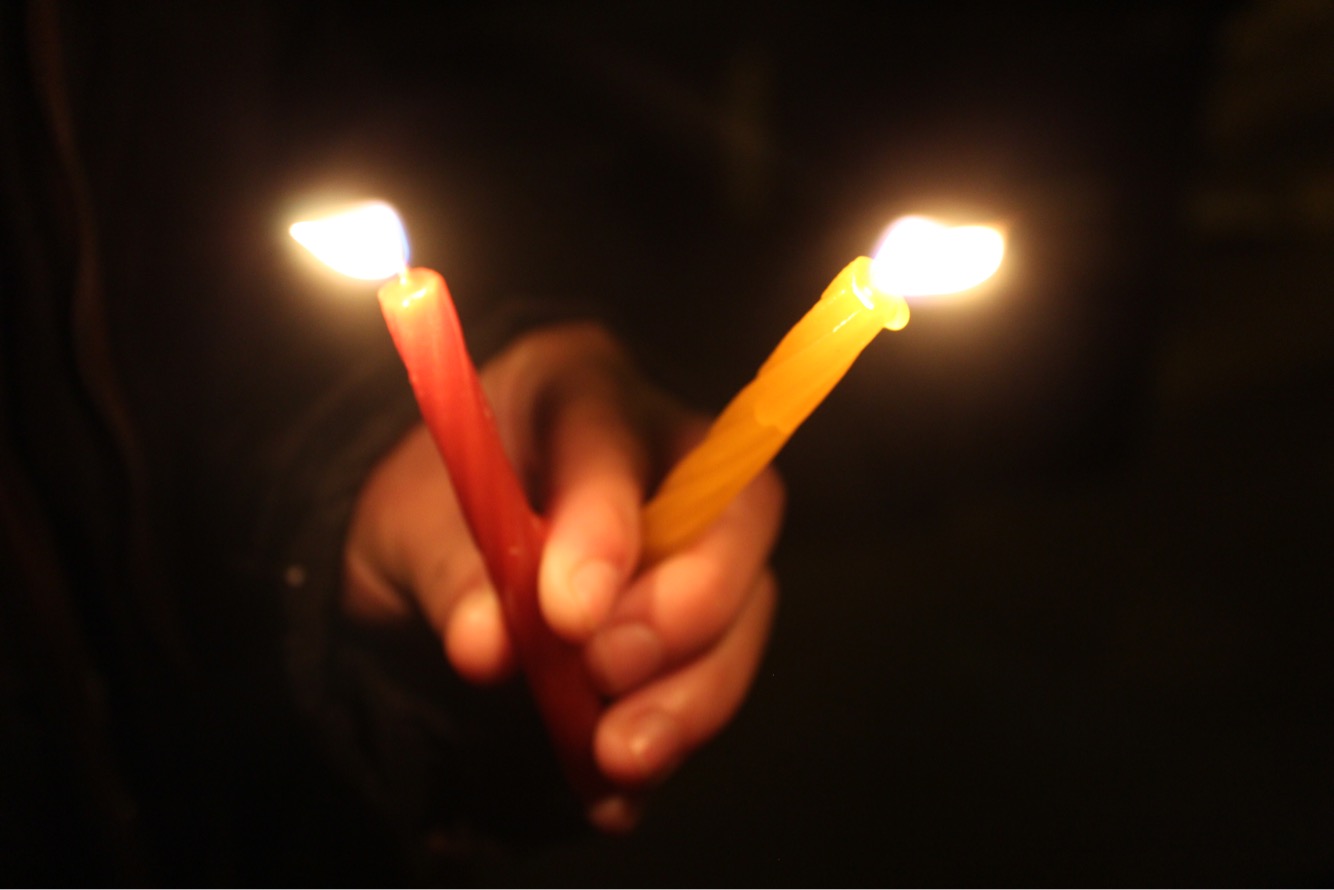Using Photography in the English Language Arts & Journalism Classroom with Getty Unshuttered
As a teacher, I spend my days helping students express themselves through the written and spoken word. Increasingly, I find myself seeking ways to incorporate more authentic, visual experiences as well. So when I was introduced to the new Getty Unshuttered app, my mind spun with possibilities. Visual communication is an increasingly valued currency, and it's important that students have the skills and confidence to engage with this powerful medium in the real world.
Introducing: Getty Unshuttered
Getty Unshuttered is a photo app from Getty Museum that helps teens express themselves through weekly photography tips and challenges. Students can curate their own digital portfolios and publish their work to an authentic, like-minded audience. This app is all about the power of the arts and helping students share their own unique experiences with the world.
What makes Getty Unshuttered ideal for classroom use is that it’s designed specifically as a community for teens. Students age 13+ can make a quick account through the app, needing only a name, email and password (students 12 and under should obtain parental permission first). It’s free to use and 100% ad free, so you won’t have to worry about unwanted or inappropriate content popping up on your devices. The app is also crisp and user-friendly, so no need to spend time typing up complex directions or usage tutorials.
And the best part? Getty Unshuttered's weekly photo challenges provide easy-to-implement tips and examples, so students can learn unique ways to capture moments and stories that matter.
Ideas for the English Language Arts Classroom
The Perspective Challenge
English teachers are all about perspective, right? We encourage students to consider the nuances and effects of multiple viewpoints on a daily basis; with critical thought and analysis, we can layer meaning, build character and promote empathy. The Perspective Challenge is way for students to build on that important work in a creative and meaningful way.
After experimenting with different angles, heights and distances in their own photography, students can experience first-hand how perspective changes the depth and mood of a photo.
Students can pair their photography with:
a reflective writing piece that details their thoughts, processes and observations throughout the challenge
a compare/contrast writing piece that examines the distinct qualities and effects of perspective in different photos
a creative writing piece that tells the story of a particularly interesting photo
a personal narrative that showcases their own perspective on an issue that matters
The Perspective Challenge could be used alongside countless units of study, including personal narrative, memoir, storytelling, identity, community, investigating characters, symbolism, social issues, social justice, power dynamics, historical fiction, empathy, author’s craft, creative writing, and more.
The Color Challenge
Examining color as a form of symbolism is an English class staple. A variety of well-read texts — including The Great Gatsby, Beloved, Catcher in the Rye, The Handmaid’s Tale, Harry Potter, The Giver, The Scarlet Letter, Masque of the Red Death, and The Color Purple — all communicate important ideas and emotions through the use of color. Students can use the Color Challenge to enhance this critical analysis.
Using the weekly in-app tips and examples, students can explore the relationship between mood and color in their everyday lives.
Students can pair their photography with:
an analytic writing piece on their photo's use of color symbolism
a reflective writing piece that documents their thought process and learning outcomes from the challenge
a compare/contrast writing piece that explains how two photos communicate different moods through color
a poem that describes their use of color through sensory details and/or figurative language
The Color Challenge easily aligns with topics such as symbolism, identity, power dynamics, mood/tone, theme, bias, persuasion, personal narrative, memoir, poetry, figurative language, and more.
Ideas for the Journalism/Media Arts Classroom
The Composition Challenge
Journalists wear many hats these days: researcher, investigator, writer, reporter, photographer, videographer, social media manager, and the list goes on. Help students manage these hats by participating in the Composition Challenge.
Students can learn the basics of photo composition, including the game-changing Rule of Thirds and how to create balance and focal points.
The Composition Challenge is crucial for any student looking to lift the level of their photography. Student journalists can utilize these tips throughout the year alongside just about any unit of study relating to journalism or media arts.
The Portrait Challenge
Portraits are a staple among photographers at all skill levels. It makes sense — a single photograph can convey so much about a person. The Portrait challenge encourages students to consider the effects of eye contact, background, lighting and framing in their photography.
These important tips can help students capture the mood, emotion and personality of their subjects in more interesting ways.
The Portrait Challenge is perfect for students interested in covering school events and human interest pieces. Pair this challenge with a Humans of New York-style assignment to help students develop their storytelling chops even further.
The possibilities are endless.
Getty Unshuttered has many more challenges available, each aimed at helping students tell their unique stories in a meaningful way. For more inspiration, explore the Getty Unshuttered homepage here, or download the app for free in the app store here.
This post is brought to you by WeAreTeachers and Getty Unshuttered.





